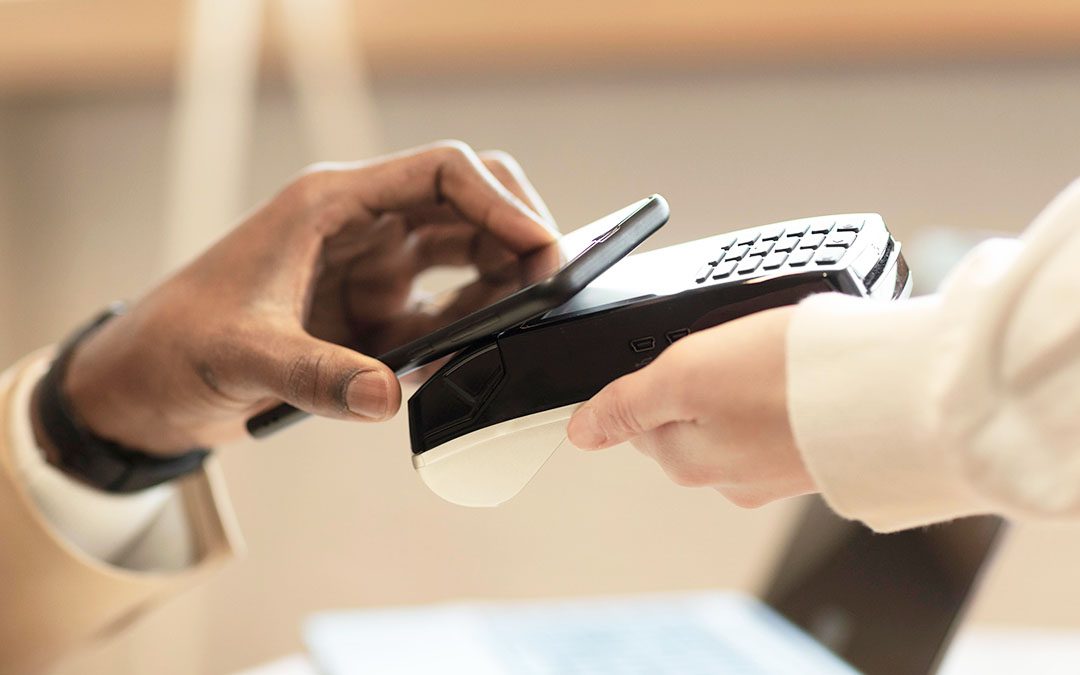Technology is the resource that produces advances that improve people’s quality of life. Throughout history, we have benefited from inventions such as the television, the car, or the cell phone, which have made video and image-based information, faster travel, or international communication an everyday activity.
In recent years, technological advances have evolved and become very visible in certain sectors. The means of payment is one of them, and it began to experience very significant changes at the beginning of this century with the creation of NFC technology and is currently evolving at an unstoppable pace.
Recently, in physical stores it was only possible to pay with cash or by inserting the card in the cashing terminal, but the arrival of the coronavirus brought about changes in payment methods that are here to stay. With the intention of reducing contact and physical presence time in establishments, 2019 saw a notable decrease in the use of cash and an increase in the use of payment with cards or contactless devices.
This trend has not stopped growing and since 2019, according to a study by Accenture, it has increased by 150%. This has favoured the emergence of new habits, such as the use of the cell phone to make transactions. This device, which was mainly used to send messages, check email, or look at social networks, is used to pay or send money between people.
Instant payments
One of the main actions carried out with the cell phone consists of instant payment between people. In fact, Bizum, the leading instant money transfer platform in Spain, recorded 41 million transactions in December last year, compared to the million it recorded in January 2019, according to data from Expansión. This payment method not only allows sending between individuals but has also launched its product to pay at online merchants and there are already more than 32,000 stores that accept this payment method.
QR codes
Among the most stunning forms of payment, which are also made through mobile devices, are the generation of QR codes. According to a study by Juniper Research, by 2025 it is estimated that 30% of mobile device users will use QR codes to pay.
Ewallets
In addition, the use of ewallets is growing fast. This system stores users’ cards on mobile devices, allowing consumers to enjoy all the functionalities of physical cards, but from their smartphone. The advantages are that they are secure and easy to use in both physical and online stores.
The emergence of these trends has caused consumers to become concerned about other issues such as security. Thanks to the arrival of the PSD2 regulation, this issue has undergone a major evolution, and new authentication systems based on user biometrics, such as fingerprint or facial recognition, are now required.
The arrival of new shopping channels, such as social commerce, has led to the emergence of all these solutions, which are increasingly used. In this sense, trends in payment methods are closely related to the purchasing habits of consumers. Having a gateway like Sipay, specialized in digital payment solutions, which is committed to digitization and innovation in payments, will allow merchants to adapt to these trends and meet the needs of their customers.



